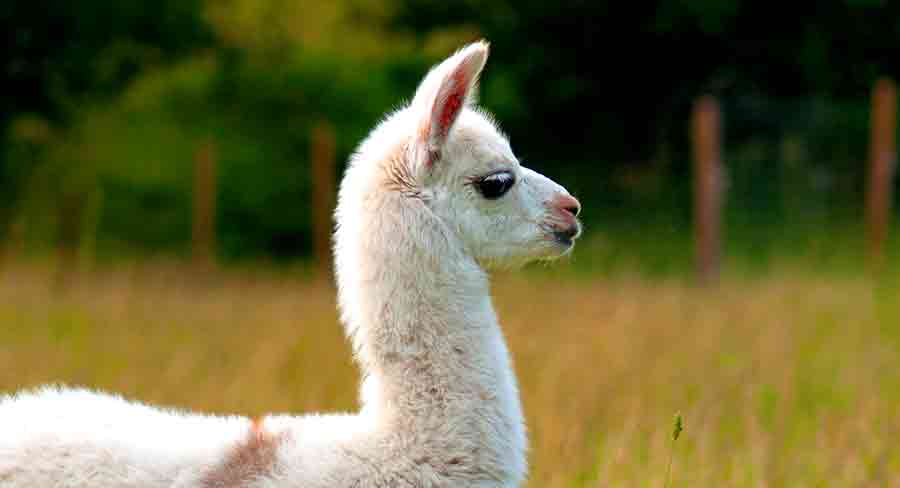Llamas are domesticated camelids from South America. They are quite social and function in herds. They are extremely curious and are quite comfortable around humans. However, when they are already accustomed to people, they tend to treat them like one of their own. Have you heard of berserk llama syndrome?
Llamas who spend too much time around humans are prone to berserk llama syndrome. This is when they mistake humans for fellow llamas and sneak up behind them to attack by spitting, kicking, and neck wrestling.
What is Llama?
The llama is a domesticated South American camelid that has been widely used as a source of meat and wool. They are pack animals and are commonly found in Andean cultures since pre-Columbian times.
Llamas are social animals that live in herds. Their wool is soft and contains very little lanolin. They are quite intelligent, and after a few repetitions, llamas can learn simple tasks. They can carry about 25 to 30 percent of their body weight for 8 to 13 kilometers when using a pack. Native Peruvians gave the name llama to European settlers. (Source: Britannica)
What is the Cause of Berserk Llama Syndrome?
A berserk syndrome is typically developed in llama babies who have received excessive attention when they are young. The owner will spend an inordinate amount of time with the cria or baby, bottle-feed it, and the llama will imprint on the human that it is a fellow llama. Instead of interacting with other llamas, it forms bonds with humans.
When such babies grow up, they will be unable to distinguish between their owner and other llamas. Llamas are also very territorial animals. They will do everything they can to chase the intruder away and demonstrate dominance over him. In this case, they have a human owner.
When these ill-adjusted llamas reach sexual maturity, they will treat humans the same way they would another male. As a result, a berserk llama is completely out of control and dangerously aggressive. They will charge and use their neck or chest to push the owner around. They may spit, bite, or sneak up behind you and attack. (Source: The Daily Wildlife)
How to Prevent Berserk Llama Syndrome?
The first step in preventing Berserk Llama Syndrom (BLS) is raising awareness. Humans tend to mistake the beginnings of aggressive behavior for friendliness. Llama owners should discourage this disrespectful behavior in their llamas from a young age.
Males should never be bottle-fed to avoid berserk llama syndrome. If you must feed them, do so in the presence of other members of the herd. Llama raisers should also allow their younglings to live in a llama society. Caretakers may provide milk if necessary, but they must avoid caresses and tenderness at all costs.
Veterinarians advise that orphaned males who have received a lot of human attention be castrated by two months of age, or at the very least, before weaning. Adult male castration is not as effective in changing abnormal behavior as it is in other animals such as bulls and stallions. (Source: The Daily Wildlife)
